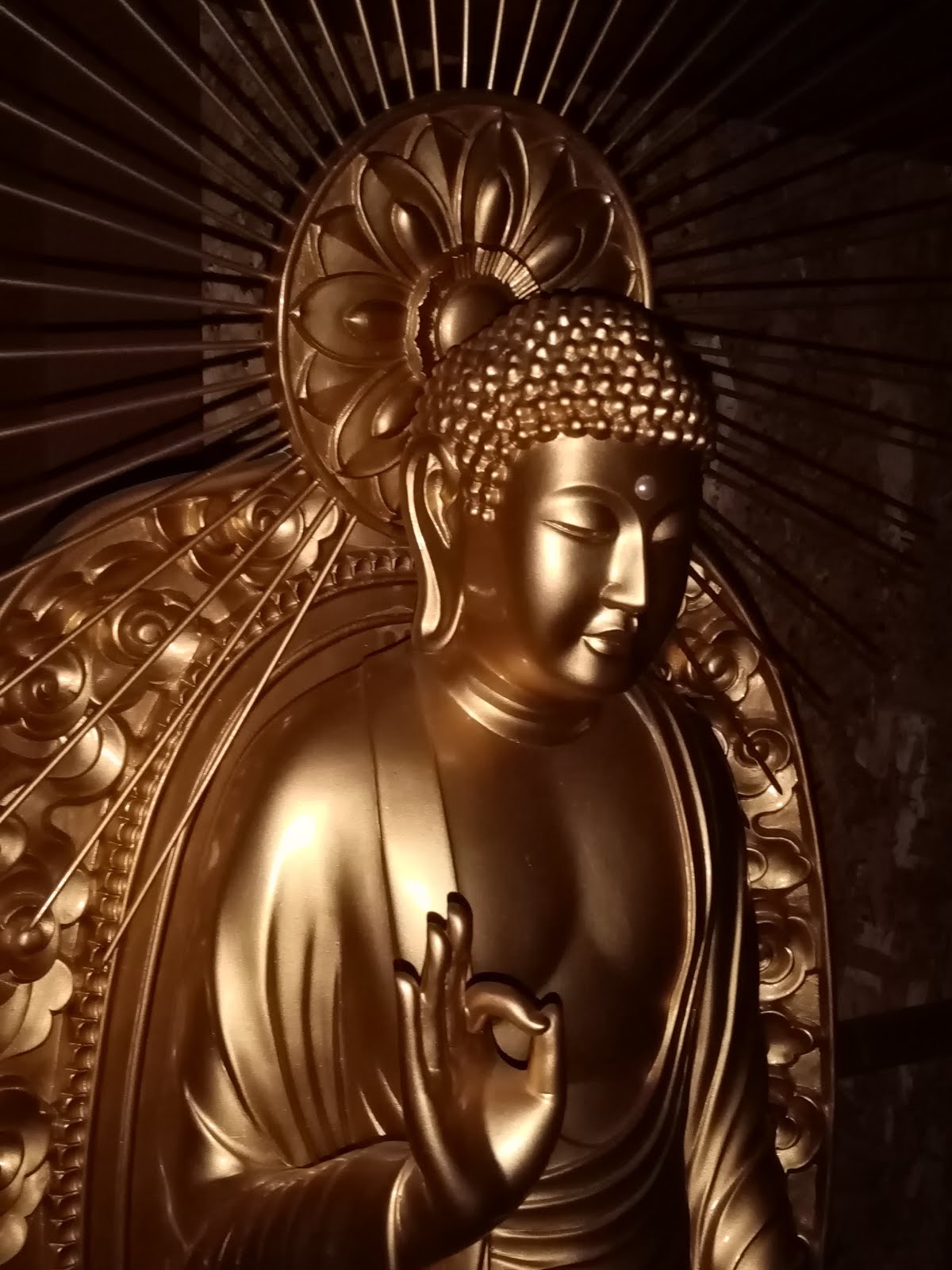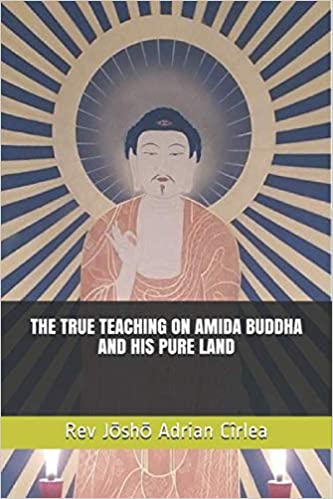At this link you can read the spiritual biographies of other members of Amidaji International Temple
My spiritual life is nothing special and
it does not deserve a book. However, I decided to write about it because I
prefer to be the one who tells my own story and I think that some events of my
missionary activity as well as my interactions with various peoples and
institutions should be put on paper as long as they are still fresh in my mind.
I
called this book The Path Between the
Thorns because for me, the 18 years since I became a priest where a
constant fighting and struggle against inner and outer obstacles placed in my
way by my own delusions as well as proponents of wrong views. I am happy to say
that despite all these, I have never lost my Path, and although the thorns
sometimes hurt my feet, I always knew the right direction to take as Amida
Buddha and the true teaching of Shakyamuni and the lineage Masters were always
my guiding light.
There are some things in this biography, like events, fragments of letters and discussions that many wished to be forgotten. However, I think that people should know about them and come to their own conclusions on that fragment of Jodo Shinshu history where I myself am just a small piece.






























